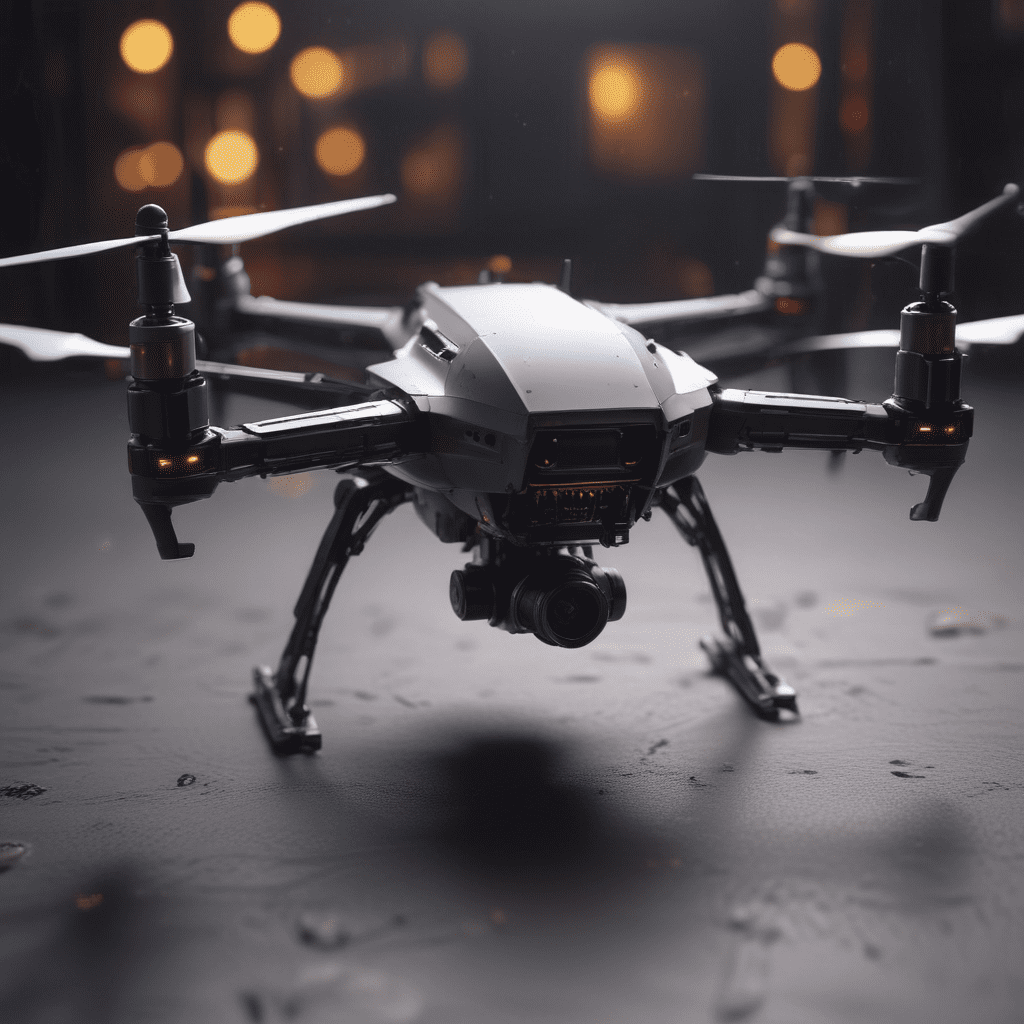1. Introduction
3D Printing in the Gaming Industry: Virtual Worlds Come Alive
3D printing, the transformative technology that allows the creation of physical objects from digital designs, is rapidly changing the landscape of the gaming industry. By enabling the creation of custom-designed controllers, personalized figurines, and even on-demand game components, 3D printing empowers gamers to experience their virtual worlds in a whole new way. This trend is gaining momentum, driven by the increasing accessibility of 3D printers and the growing demand for customization and personalization among gamers.
2. Applications of 3D Printing in Gaming
The applications of 3D printing in gaming are vast and varied, offering exciting possibilities for both individual players and game developers. One of the most popular applications is the creation of custom-designed controllers and accessories. Gamers can now 3D print ergonomic controllers that perfectly fit their hands, personalized with their favorite colors and designs. 3D printing also allows for the creation of specialized controllers for players with disabilities, enhancing their gaming experience and accessibility.
Beyond controllers, 3D printing opens up a world of possibilities for personalized gaming miniatures and figurines. Players can now bring their favorite characters to life, printing them in high detail and painting them to their liking. This level of customization allows for a deeper connection with the game and its characters.
3. Benefits of 3D Printing for Gamers
The benefits of 3D printing for gamers are numerous and far-reaching. One of the most significant advantages is the increased level of customization and personalization it offers. Gamers are no longer limited to pre-made components and can instead tailor their gaming experience to their individual preferences. This level of customization extends to controllers, figurines, and even game components, allowing for a truly unique and personal gaming experience.
Another key benefit of 3D printing is the enhanced gameplay experience it provides through physical interaction. By printing custom controllers or figurines, gamers can interact with the virtual world in a more tangible way, creating a more immersive and engaging experience. Additionally, 3D printing allows for the creation of physical props and scenery, further enhancing the immersion and bringing the game world to life.
4. Challenges and Limitations
While 3D printing offers immense potential for the gaming industry, it also comes with certain challenges and limitations. One of the main challenges is the technical limitations of current 3D printing technologies. The resolution and material options available may not always meet the demands of complex designs or detailed figurines. Additionally, the availability and accessibility of 3D printers and materials can be a barrier for some gamers, especially those with limited resources.
Another challenge lies in the design complexity and skill requirements associated with 3D printing. Creating high-quality 3D models requires specialized software and design skills, which can be daunting for novice users. Furthermore, potential copyright and intellectual property concerns need to be addressed, especially when printing models based on existing game characters or designs.
5. Case Studies and Examples
The impact of 3D printing in the gaming industry is already being felt across various popular games and communities. In the world of tabletop gaming, 3D printing has revolutionized the creation of custom miniatures and terrain, allowing players to personalize their gaming experience and create truly unique settings. For example, the popular tabletop game Dungeons & Dragons has seen a surge in 3D-printed miniatures, with players designing and printing their own characters and monsters, adding a new level of creativity and personalization to the game.
Beyond tabletop gaming, 3D printing is also making waves in the world of video games. In the popular online game Minecraft, players are using 3D printing to bring their in-game creations to life, printing everything from intricate buildings to elaborate tools and weapons. This trend demonstrates the potential of 3D printing to bridge the gap between the virtual and physical worlds, allowing players to experience their digital creations in a tangible way.
6. Future of 3D Printing in Gaming
The future of 3D printing in gaming is brimming with exciting possibilities. Advancements in 3D printing technology and materials will pave the way for even more intricate designs, detailed creations, and enhanced functionality. Mass customization and personalization will become increasingly accessible, empowering gamers to tailor their entire gaming experience, from controllers and characters to entire game worlds.
The integration of 3D printing with virtual and augmented reality experiences holds immense potential for further blurring the lines between the real and virtual worlds. Imagine printing out customized items from your favorite VR game and interacting with them in the real world. 3D printing will also play a significant role in democratizing game development and design, making it easier for anyone to create and share their own unique games and experiences.
7. Conclusion
3D printing is rapidly transforming the gaming industry, offering unprecedented levels of customization, personalization, and immersion for gamers. From custom-designed controllers to personalized figurines and even on-demand game components, the possibilities are endless. As technology advances and accessibility improves, 3D printing is poised to revolutionize the way we interact with and experience virtual worlds, bringing them to life in a way never imagined before.
8. Ethical Considerations and Responsible Practices
With the growing adoption of 3D printing in gaming, it's crucial to address ethical considerations and responsible practices. Copyright and intellectual property concerns must be taken seriously, ensuring proper attribution and respect for creators' rights. Additionally, the environmental impact of 3D printing needs careful evaluation, promoting sustainable practices and responsible material sourcing.
9. FAQ
What types of 3D printers are best suited for gaming applications?
The best type of 3D printer for gaming applications depends on your specific needs and budget. Resin-based printers offer high-resolution prints suitable for detailed miniatures and figurines, while filament-based printers provide greater durability and flexibility for larger objects like controllers and props.
Where can I find 3D models for printing gaming-related objects?
Numerous online repositories offer free and paid 3D models for gaming, including Thingiverse, Cults, and MyMiniFactory. Additionally, many game developers provide downloadable models for printing in-game items or characters.
How can I learn more about 3D printing for gaming?
Online communities and forums dedicated to 3D printing in gaming offer valuable resources, tutorials, and inspiration. Additionally, workshops and courses are increasingly available to help individuals learn the skills and techniques needed for successful 3D printing.

